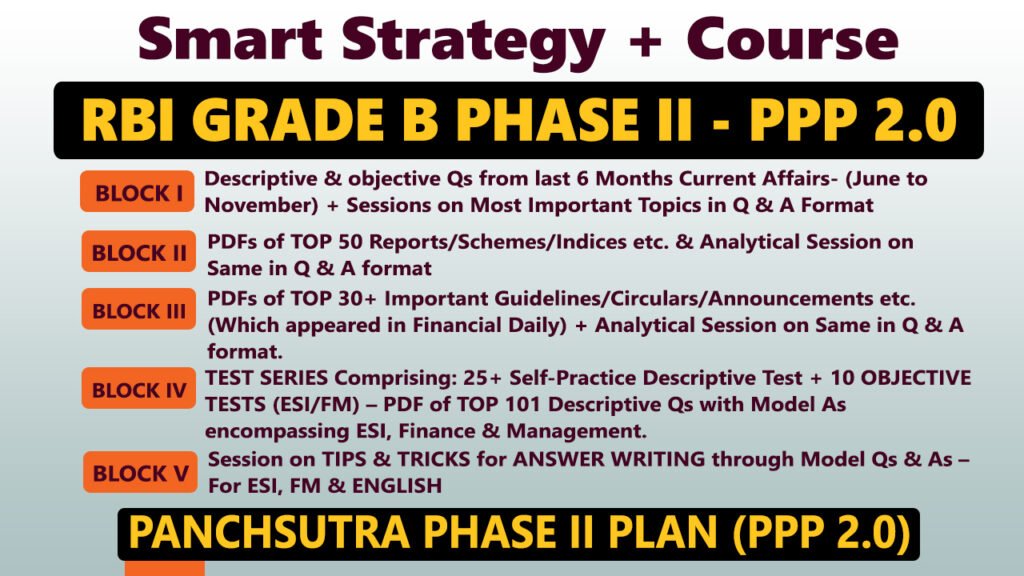Source: BS
Context:
On 7 October 2025, the Reserve Bank of India (RBI) released two important draft frameworks aimed at strengthening prudential regulation and improving credit risk management in banks:
- Expected Credit Loss (ECL)-based provisioning norms for stressed loans and securities.
- Frameworks are proposed to take effect from April 1, 2027.
Expected Credit Loss (ECL) Framework
Objective
To replace the current incurred-loss-based provisioning system with a more forward-looking ECL-based model, aligning Indian banking standards with IFRS 9 and global best practices.
Key Features
- Implementation timeline: Begins April 1, 2027; banks get four years (till March 31, 2031) to make additional provisions on the existing book.
- Model Components:
- Probability of Default (PD)
- Loss Given Default (LGD)
- Exposure at Default (EAD)
- Three-stage Classification for Credit Risk:
- Stage 1: No significant increase in credit risk (SICR); 12-month ECL.
- Stage 2: Significant increase in credit risk; lifetime ECL.
- Stage 3: Credit-impaired assets; lifetime ECL.
- Transitional Adjustment:
- The difference between new ECL-based provisions and current provisions (as of March 31, 2027) will be added back to Common Equity Tier 1 (CET1) capital.
- Asset Classification:
- NPAs will continue to be classified under existing norms.
- Provisions, however, will follow ECL calculations.
- Model Risk Management:
- Banks must adopt model governance principles to ensure accuracy and consistency in ECL computation.



















